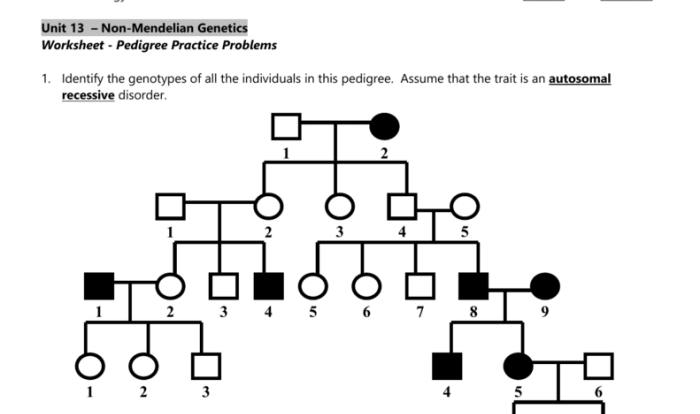Secret of photo 51 worksheet answers – At the heart of the groundbreaking discovery of DNA’s structure lies the enigmatic “Secret of Photo 51,” a pivotal moment that forever transformed our understanding of genetics. This captivating tale unfolds, revealing the historical context, key figures, and the experimental breakthrough that unraveled the intricate blueprint of life.
The significance of Photo 51 cannot be overstated, as it provided crucial insights into the double helix structure of DNA. Through a series of meticulously conducted experiments, scientists were able to decipher the molecular composition and arrangement of this enigmatic molecule, paving the way for advancements in biology and medicine.
1. Introduction
The “Secret of Photo 51” is a pivotal discovery in the field of genetics, revealing the structure of DNA. It played a crucial role in understanding the genetic code and revolutionizing modern biology.
The historical context involves the race to unravel the structure of DNA in the 1950s, with key figures like Rosalind Franklin, James Watson, and Francis Crick at the forefront of the scientific pursuit.
2. The Structure of DNA: Secret Of Photo 51 Worksheet Answers
DNA’s structure is a double helix, resembling a twisted ladder. It consists of two strands of nucleotides, each composed of a sugar molecule, a phosphate group, and one of four nitrogenous bases: adenine (A), thymine (T), guanine (G), and cytosine (C).
The strands are held together by hydrogen bonds between complementary bases: A with T, and G with C. This specific pairing is known as base pairing and forms the backbone of the DNA molecule.
Here’s a diagram illustrating the structure of DNA:
 |
3. Photo 51 and the Discovery of DNA’s Structure
Photo 51 is an X-ray diffraction image of DNA fibers obtained by Rosalind Franklin in 1952. It provided critical insights into the molecular structure of DNA.
The X-ray diffraction pattern in Photo 51 revealed a repeating pattern, suggesting a helical structure. Watson and Crick used this pattern to propose the double helix model of DNA, where the two strands are intertwined in a spiral.
Franklin’s contribution, along with other scientists like Maurice Wilkins and Raymond Gosling, was crucial in deciphering the structure of DNA.
4. The Race to Publish

The discovery of DNA’s structure sparked a competitive race to publish the findings. Watson and Crick, along with Wilkins, published their paper in “Nature” in 1953, claiming the primary credit for the discovery.
This publication raised ethical concerns about the recognition of Franklin’s contributions and the rush to claim scientific glory. The controversy surrounding the race to publish highlights the complexities of scientific discovery and the importance of scientific integrity.
5. Legacy and Impact
The discovery of DNA’s structure had a profound impact on biology and medicine. It provided the foundation for understanding the genetic code, inheritance, and the molecular basis of life.
The understanding of DNA has led to numerous applications, including genetic engineering, biotechnology, and personalized medicine. It has revolutionized our approach to treating diseases, studying evolution, and advancing human health.
Examples of DNA technology applications include:
- DNA fingerprinting in forensics
- Genetic testing for disease diagnosis
- Development of gene therapies
- Production of genetically modified organisms
Common Queries
What is the significance of Photo 51?
Photo 51 was a crucial X-ray diffraction image that provided essential insights into the structure of DNA, revealing its double helix form.
Who was Rosalind Franklin?
Rosalind Franklin was a pioneering scientist whose X-ray crystallography work on DNA fibers played a pivotal role in the discovery of its structure.
How did Photo 51 contribute to the discovery of DNA’s structure?
The X-ray diffraction pattern in Photo 51 allowed scientists to determine the spacing and arrangement of DNA nucleotides, providing key evidence for the double helix model.
What was the “race to publish” surrounding DNA’s structure?
In the 1950s, there was intense competition among scientists to be the first to publish the structure of DNA, leading to ethical controversies and disputes over credit.

